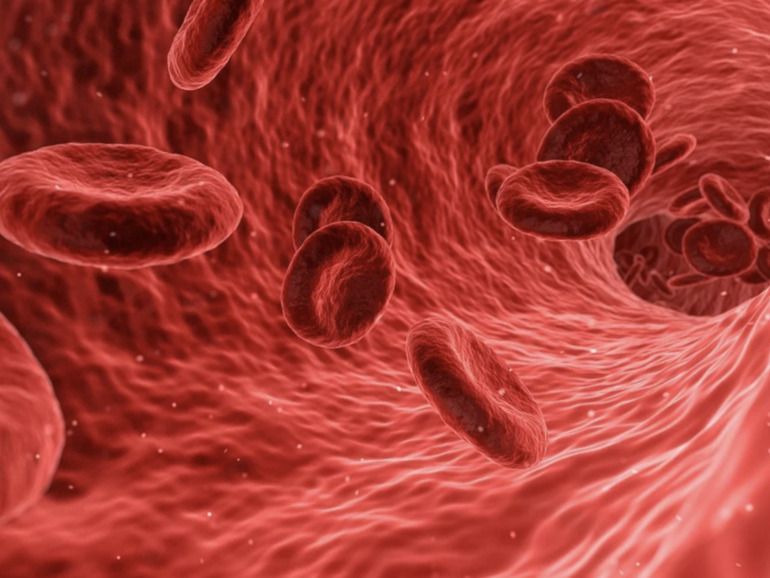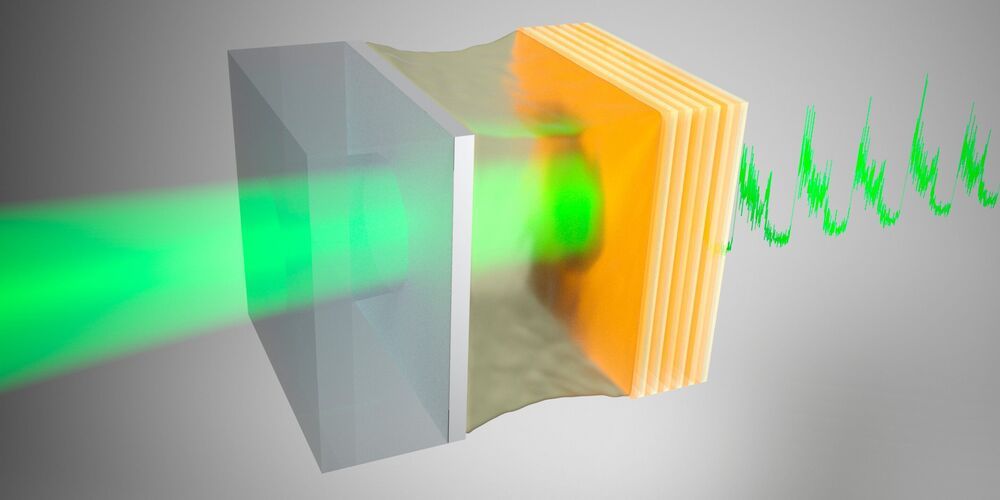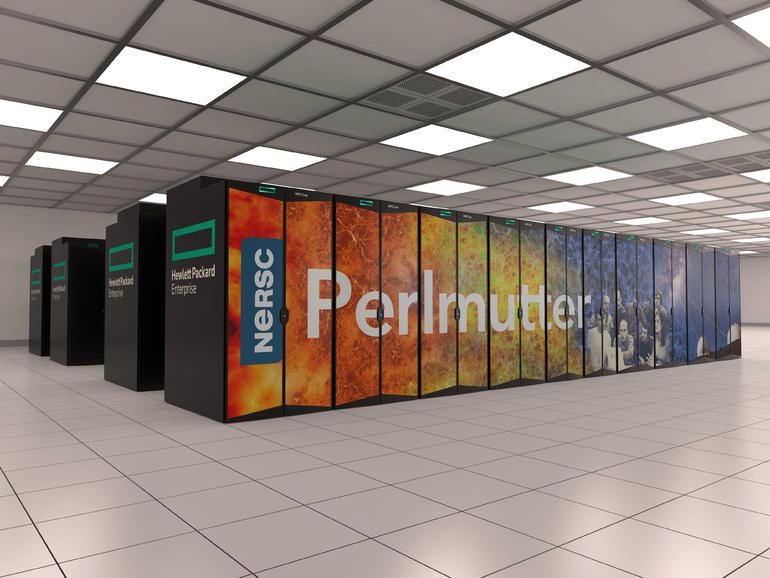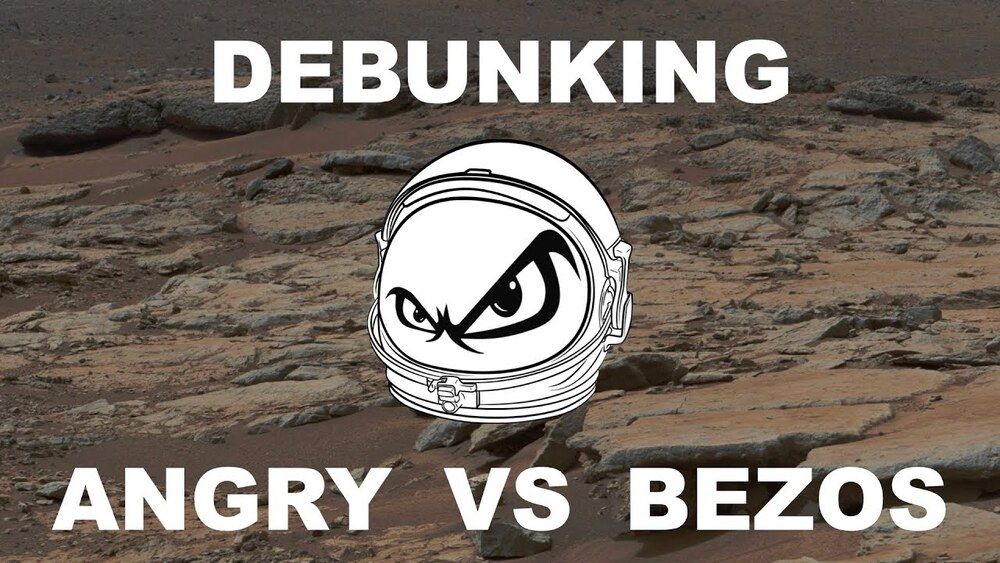There are now at least 16 malware families designed to compromise Pulse Secure VPN products.
It would be nice if they listed their diet.
Summary: Simple dietary changes and adopting lifestyle alterations, including improved sleep schedules, taking probiotics, and exercising, can reduce signs of biological aging by three years in just eight weeks, a new study reports.
Source: Impact Journals
A groundbreaking clinical trial shows we can reduce biological age (as measured by the Horvath 2013 DNAmAge clock) by more than three years in only eight weeks with diet and lifestyle through balancing DNA methylation.
Great new episode with guest Ben K.D. Pearce on how and why our own genetic code was able to form in Earth’s warm little ponds as early as 4.5 billion years ago. Please have a listen.
Guest Ben K.D. Pearce, a Ph.D student in astrophysics and astrobiology at McMaster University in Toronto, and an expert on the origins of life’s building blocks here on Earth. We discuss the idea that all the genetic components from which life emerged were incredibly readily available biogenically very early in Earth’s evolution. As early as 4.5 billion years ago. Pearce is part of a group making great strides in learning how this all may have happened in Earth’s very ancient warm little ponds.
The stuff of your cell walls forms in space before stars do — meaning the seeds of life could be abundant.
On the 91st Martian day, or sol, of NASA’s Mars 2020 Perseverance rover mission, the Ingenuity Mars Helicopter performed its sixth flight. The flight was designed to expand the flight envelope and demonstrate aerial-imaging capabilities by taking stereo images of a region of interest to the west. Ingenuity was commanded to climb to an altitude of 33 feet (10 meters) before translating 492 feet (150 meters) to the southwest at a ground speed of 9 mph (4 meters per second). At that point, it was to translate 49 feet (15 meters) to the south while taking images toward the west, then fly another 164 feet (50 meters) northeast and land.
Signals can be amplified by an optimum amount of noise, but stochastic resonance is a fragile phenomenon. Researchers at AMOLF were the first to investigate the role of memory for this phenomenon in an oil-filled optical microcavity. The effects of slow non-linearity (i.e. memory) on stochastic resonance were never considered before, but these experiments suggest that stochastic resonance becomes robust to variations in the signal frequency when systems have memory. This has implications in many fields of physics and energy technology. In particular, the scientists numerically show that introducing slow nonlinearity in a mechanical oscillator harvesting energy from noise can increase its efficiency tenfold. They have published their findings in Physical Review Letters on May 27th.
It is not easy to concentrate on a difficult task when two people are having a loud discussion right next to you. However, complete silence is often not the best alternative. Whether it is some soft music, remote traffic noise or the hum of people chatting in the distance, for many people, an optimum amount of noise enables them to concentrate better. “This is the human equivalent of stochastic resonance,” says AMOLF group leader Said Rodriguez. “In our scientific labs, stochastic resonance happens in nonlinear systems that are bistable. This means that, for a given input, the output can switch between two possible values. When the input is a periodic signal, the response of a non-linear system can be amplified by an optimum amount of noise using the stochastic resonance condition.”
Pulses of laser light moving through a jet of plasma can surf a wave to travel faster or slower than the speed of light without breaking the laws of physics.
What information is retained in a memory over time, and which parts get lost? These questions have led to many scientific theories over the years, and now a team of researchers at the Universities of Glasgow and Birmingham have been able to provide some answers.
Their new study, which is published today (May 26, 2021) in Nature Communications, demonstrates that our memories become less vibrant and detailed over time, with only the central gist eventually preserved. Moreover, this ‘gistification’ of our memories is boosted when we frequently recall our recent experiences.
The work could have implications in a number of areas, including the nature of memories in post-traumatic stress disorder, the repeated questioning of eye-witness testimonies and even in best practice for exam studying.
The US Department of Energy on Thursday is officially dedicating Perlmutter, a next-generation supercomputer that will deliver nearly four exaflops of AI performance. The system, based at the National Energy Research Scientific Computing Center (NERSC) at Lawrence Berkeley National Laboratory, is the world’s fastest on the 16-bit and 32-bit mixed-precision math used for AI.
The HPE Cray system is being installed in two phases. Each of Phase 1’s GPU-accelerated nodes has four Nvidia A100 Tensor Core GPUs, for a total of 6159 Nvidia A100 Tensor Core GPUs. Each Phase 1 node also has a single AMD Milan CPU.
DEBUNK ANGRY VS BEZOS — Pt 1
Posted in space
Let me start off by answering “Angry Astronaut’s” last question (@22:00 in) first: “Does this look like living at the top of Mount Everest to you?” Yes Angry it does. It ALSO looks like living on Mars because that interior in both cases is where you’re going to spend a lot of time so what’s happening on the INSIDE isn’t very different at all. That’s a problem (and an opportunity) for a LOT of the so-called “easy” concepts for living on Mars here people: Why don’t you put some money where your mouths are and “PROVE it” at least a little bit. Think the “Marsha” design is so hot? (I don’t btw) Then how about we BUILD some actual working “prototypes” (which the company did an indigogo on and failed to either raise enough money nor have they gone any further with the effort) someplace LIKE the ‘basecamp’ area of Everest. It will be vastly less difficult and expensive than building on Mars or the Moon but you know what, it would go a long way towards shutting up the ‘detractors’ with all their (arguably and often unanswered) questions wouldn’t it? Build on as a B&B on some expensive vacation land? Nah, how about building one out at the Mars Desert Research Station or Devon Island?
Support CSS episodes at patreon.com/thecommonsenseskeptic.
Discord: https://discord.gg/bEZw6XCG
Angry is back with another episode — this one tackling Jeff Bezos’ claims that Everest would be a better place to live than Mars.









